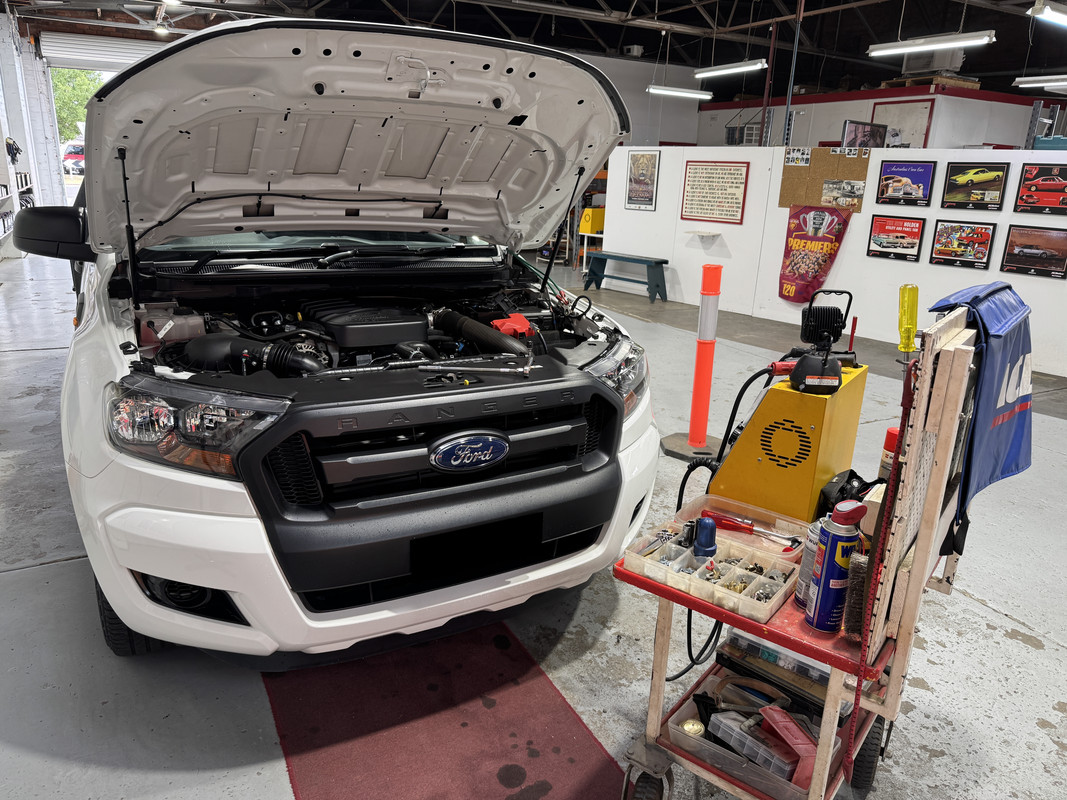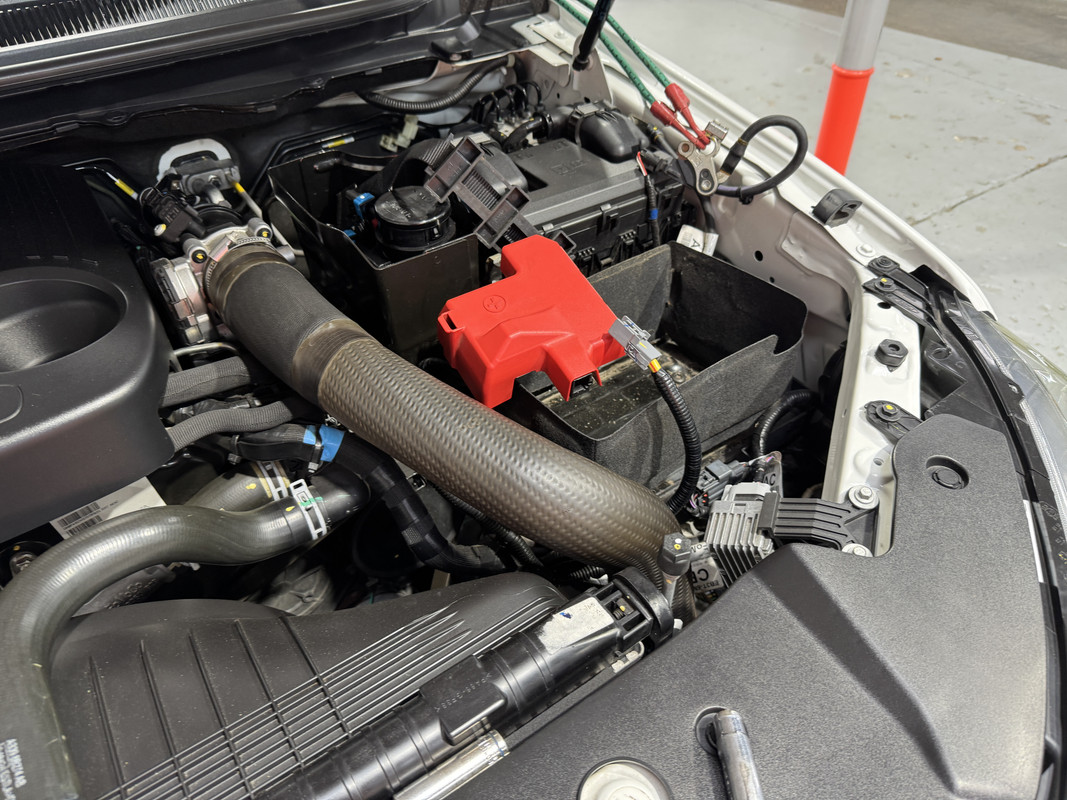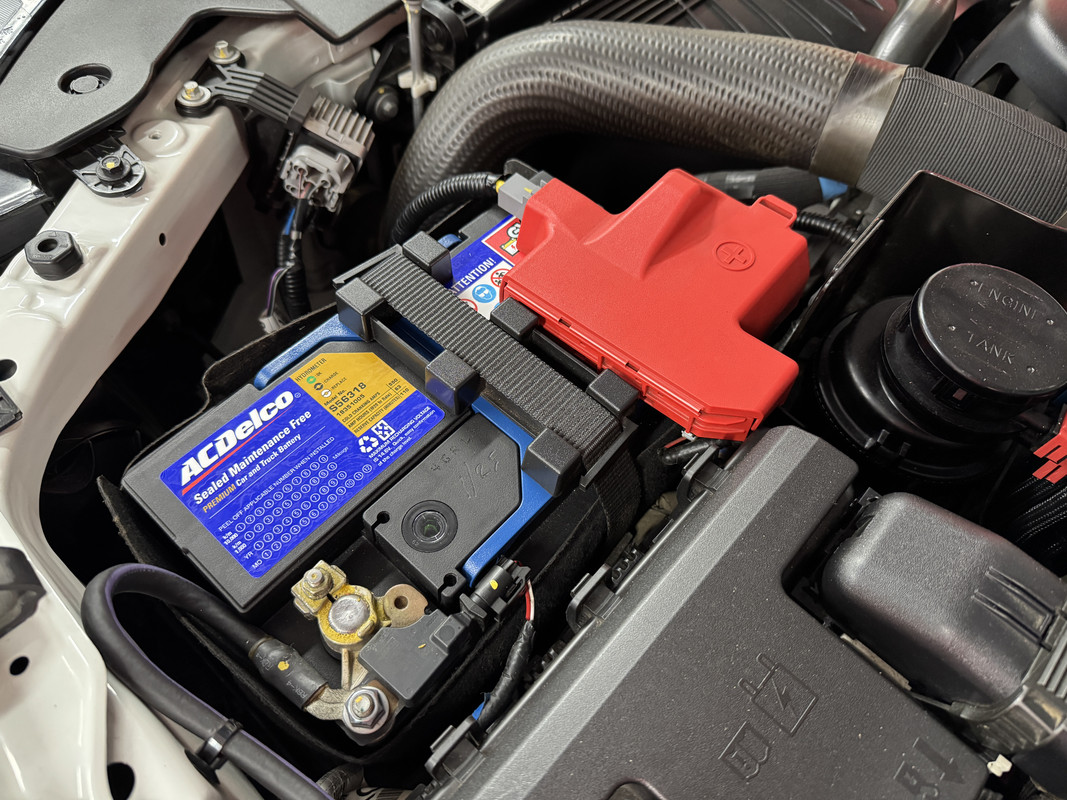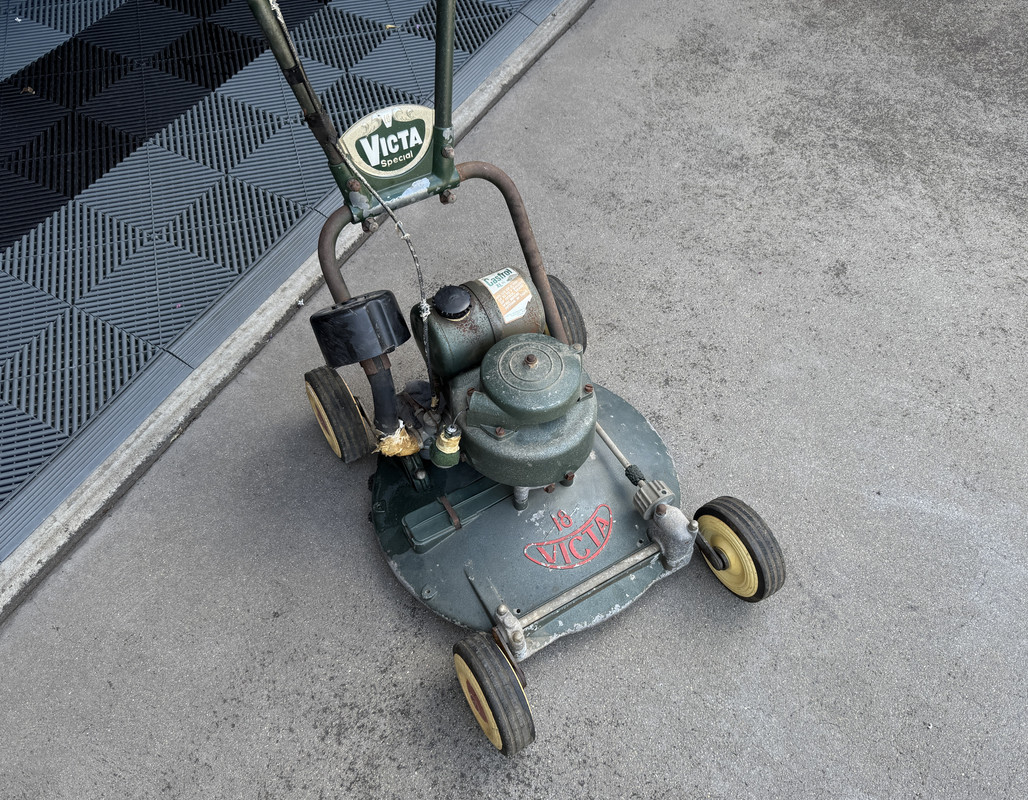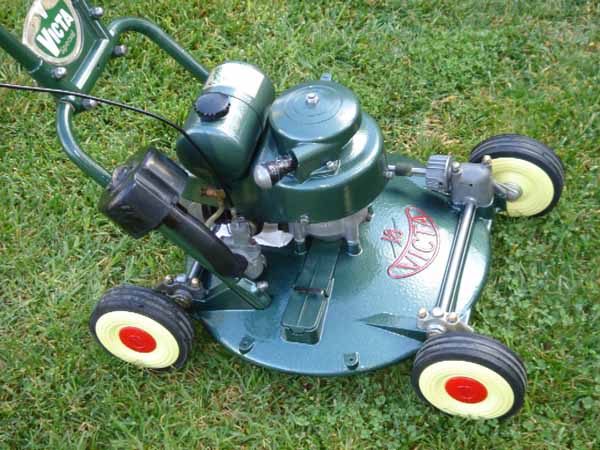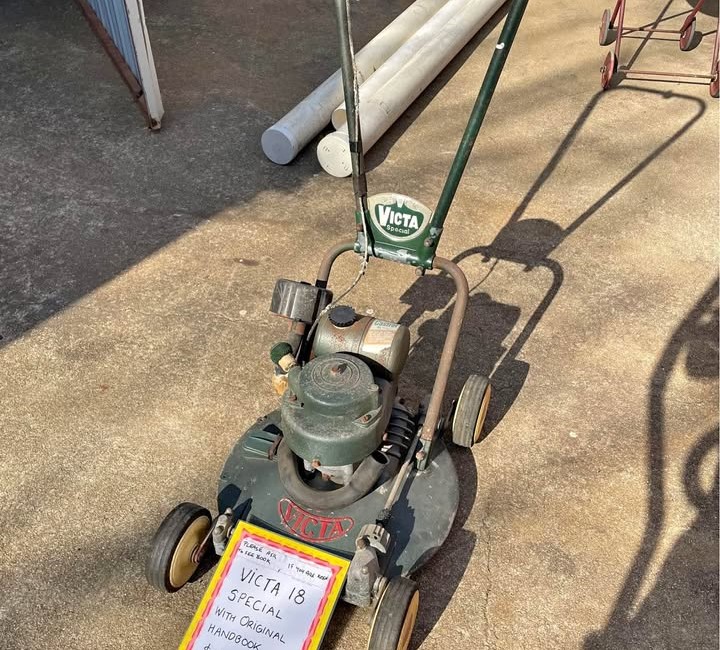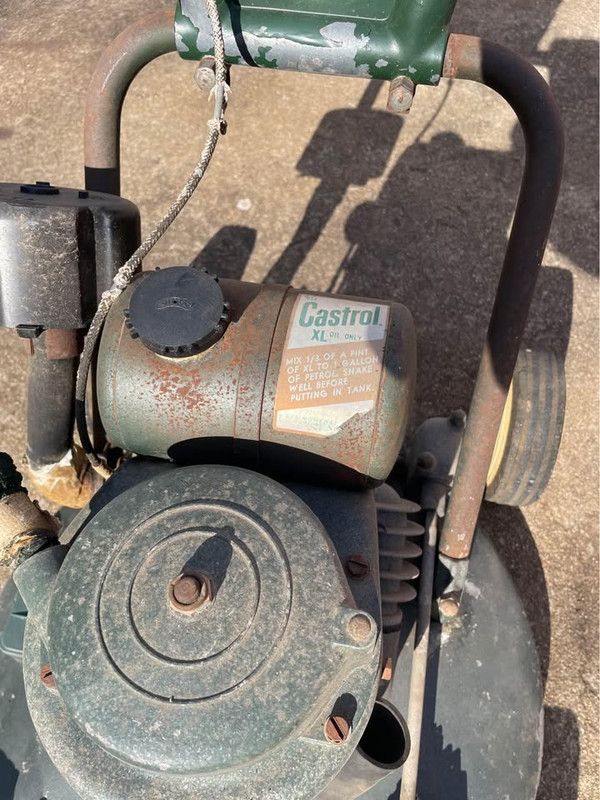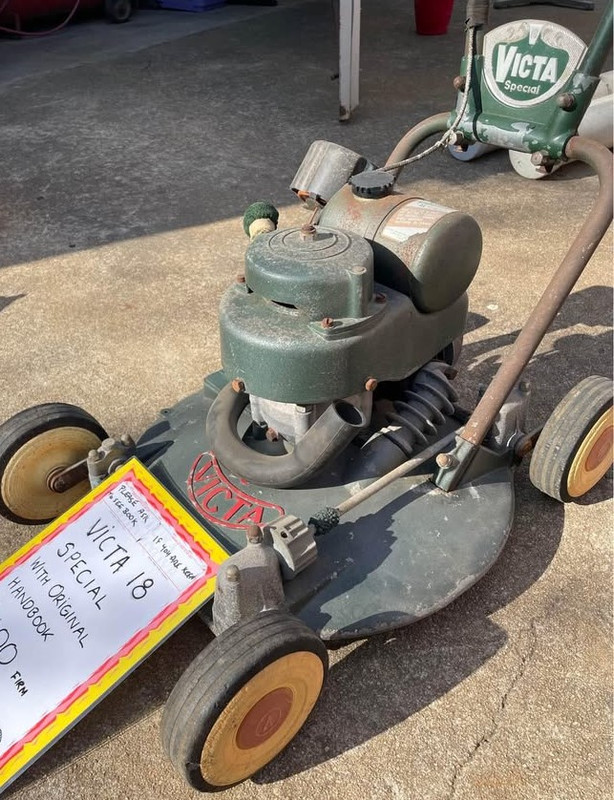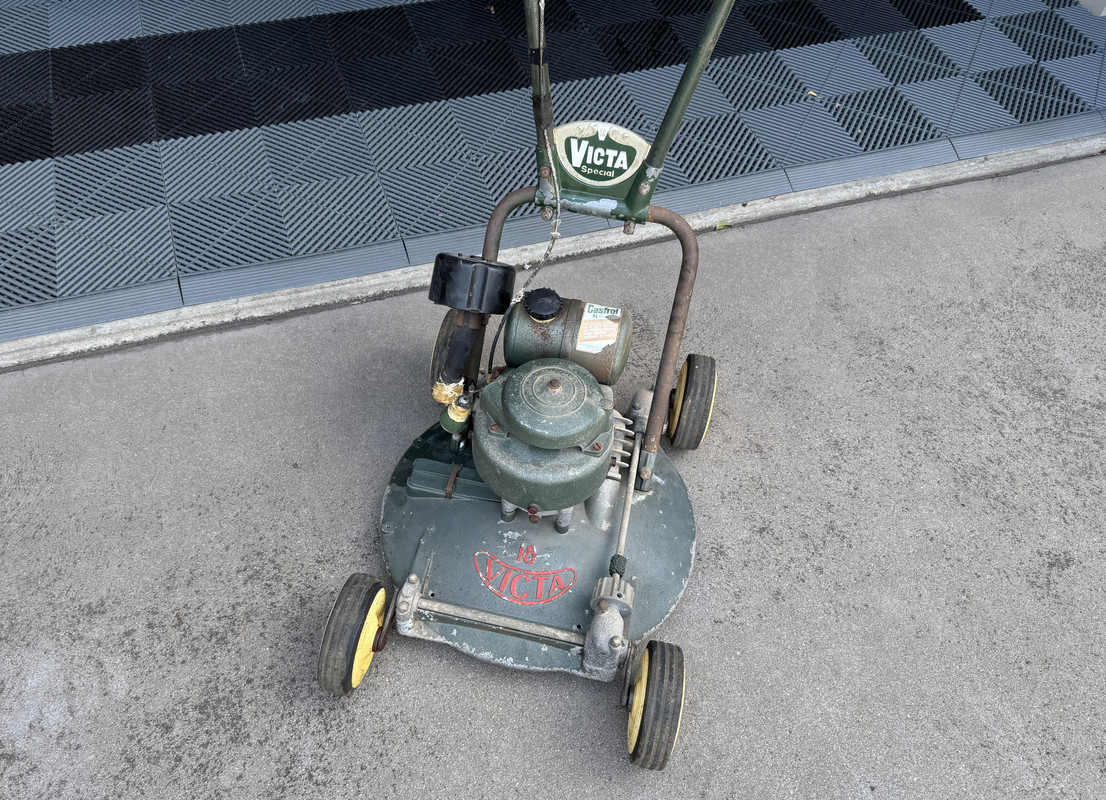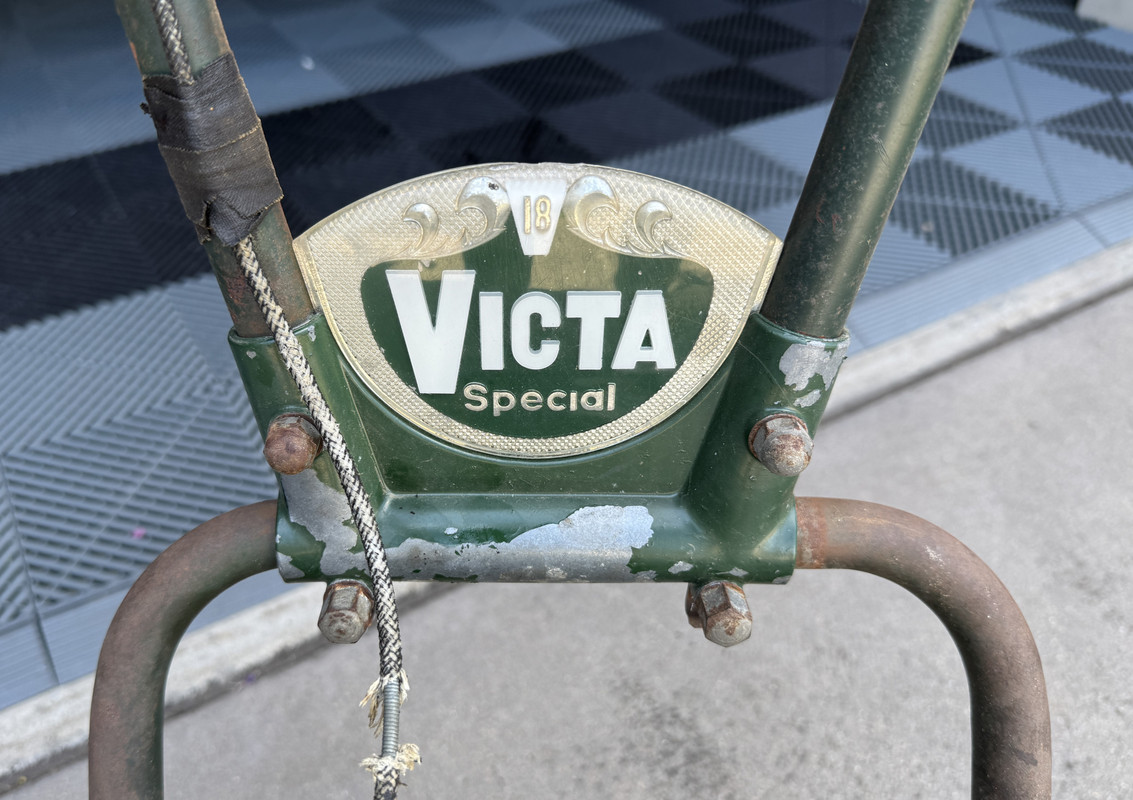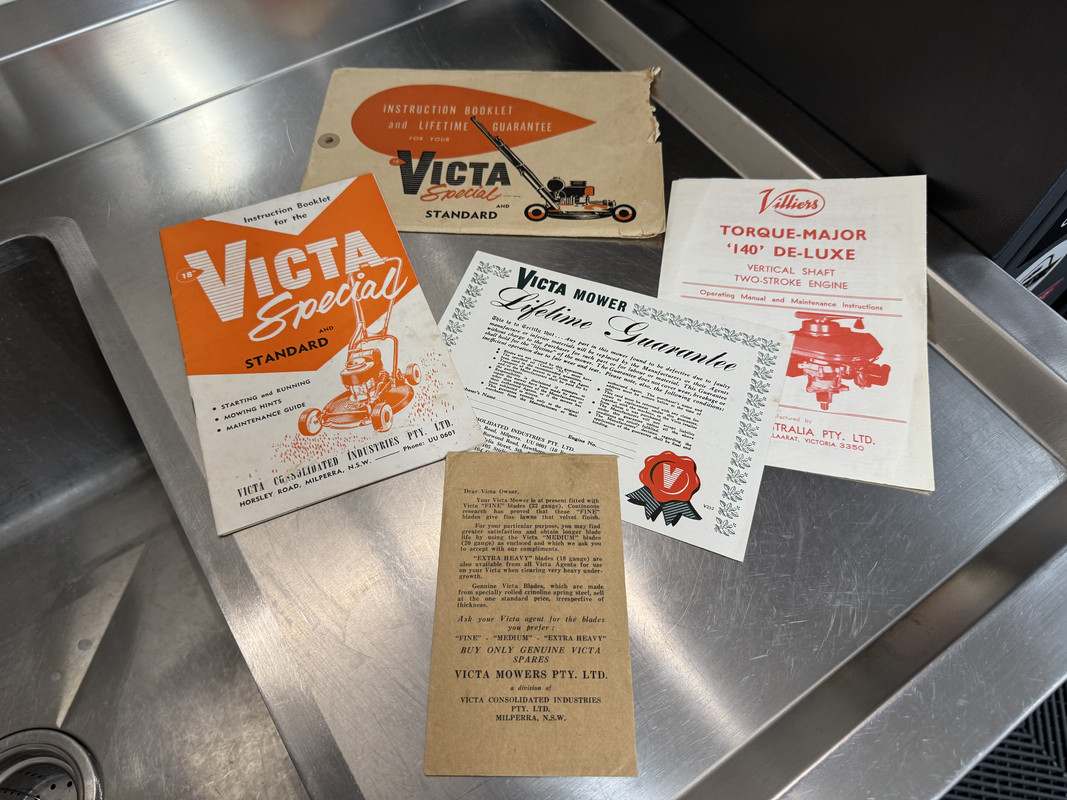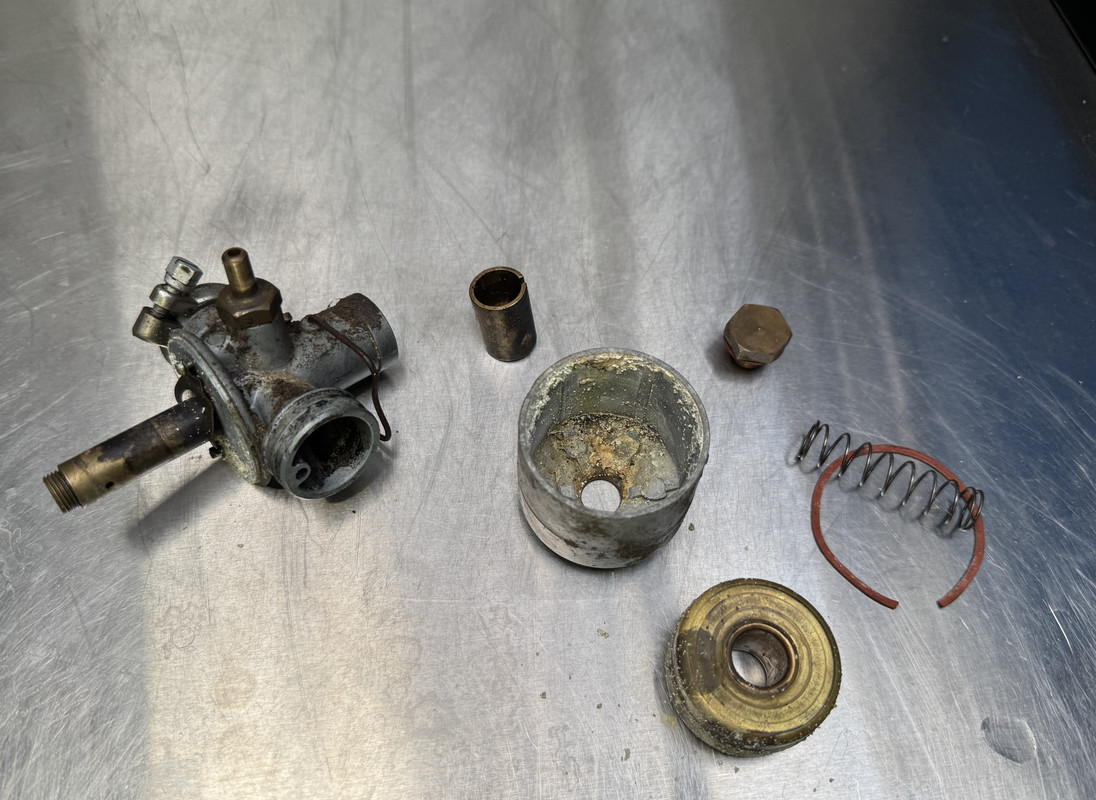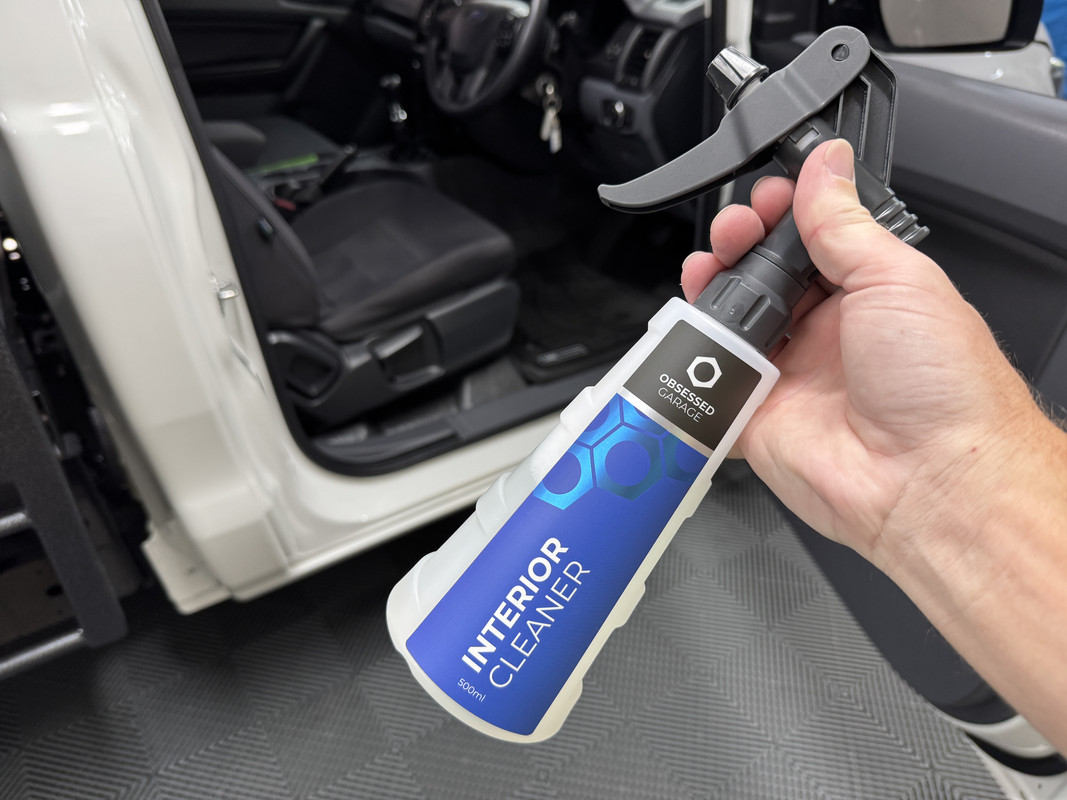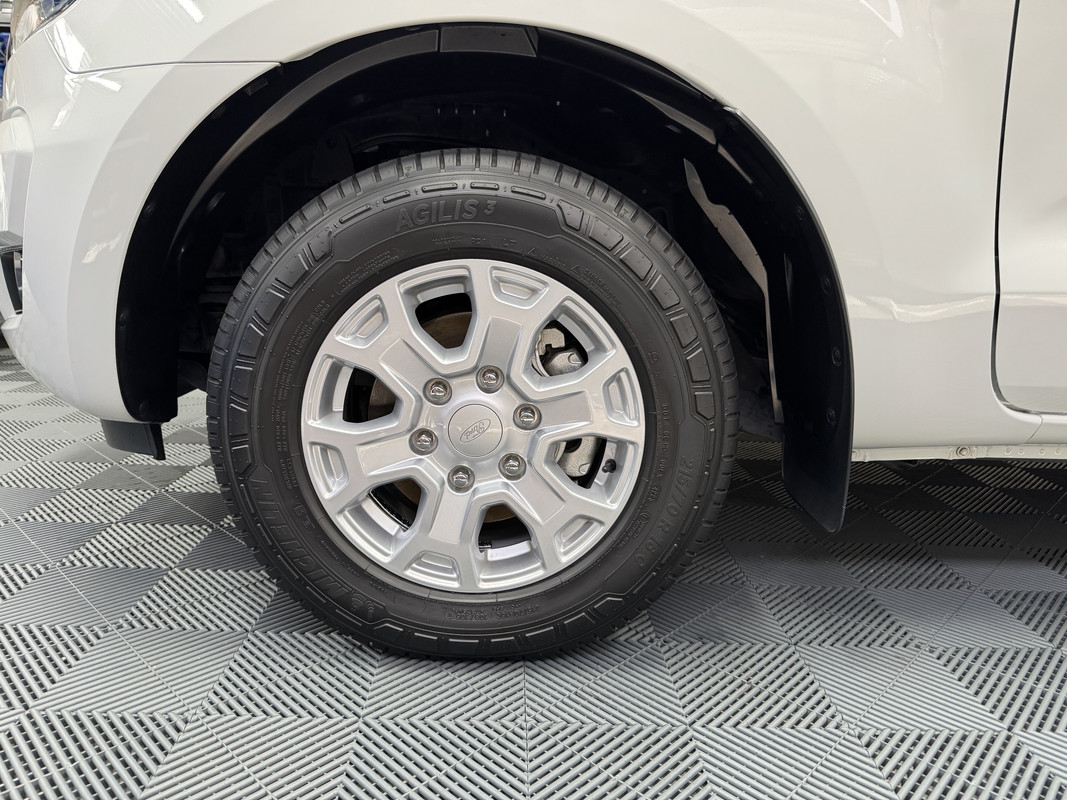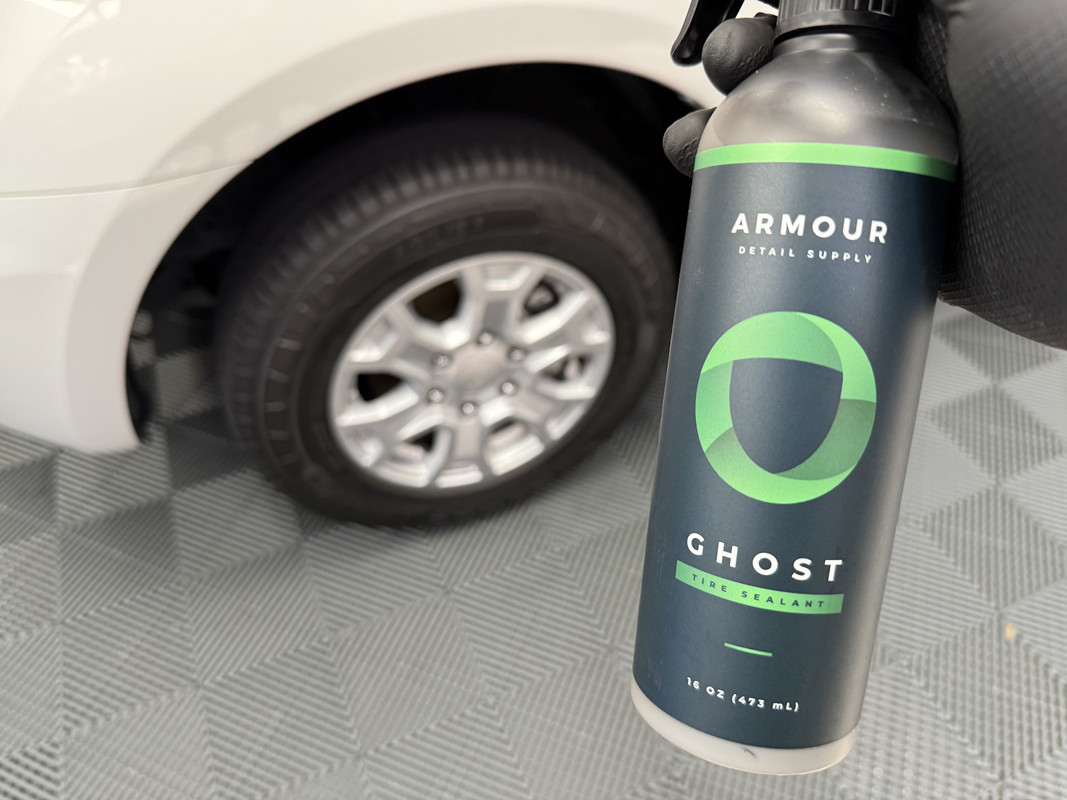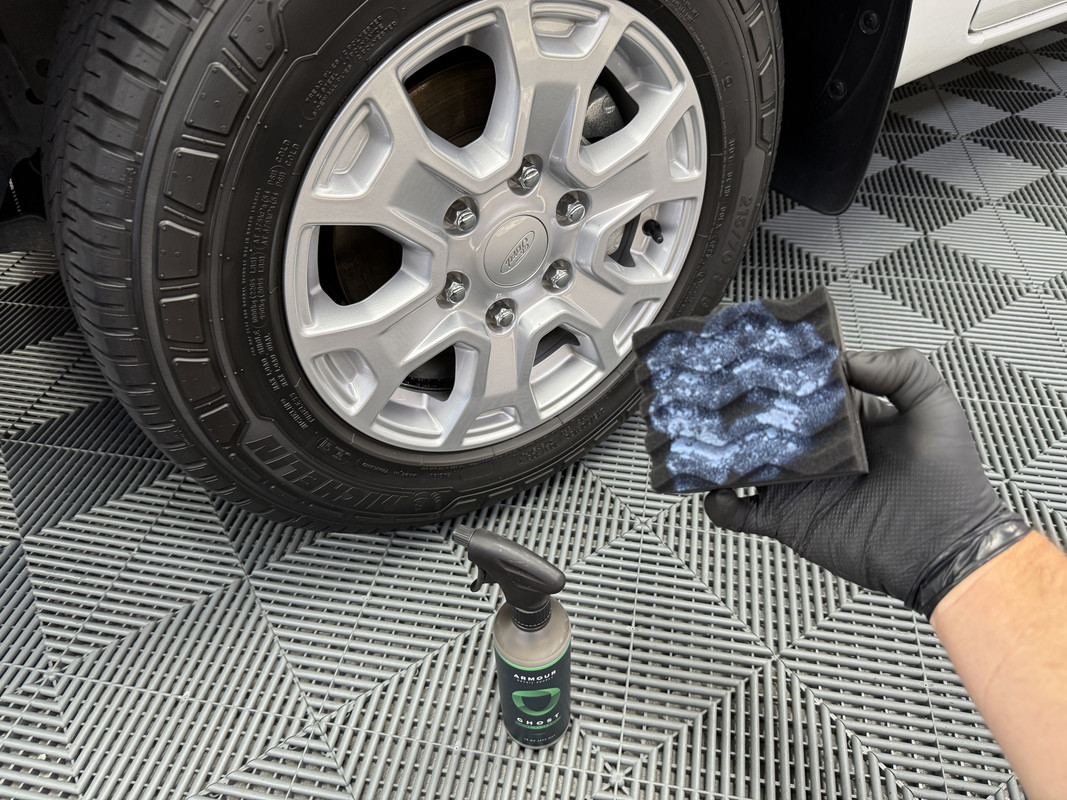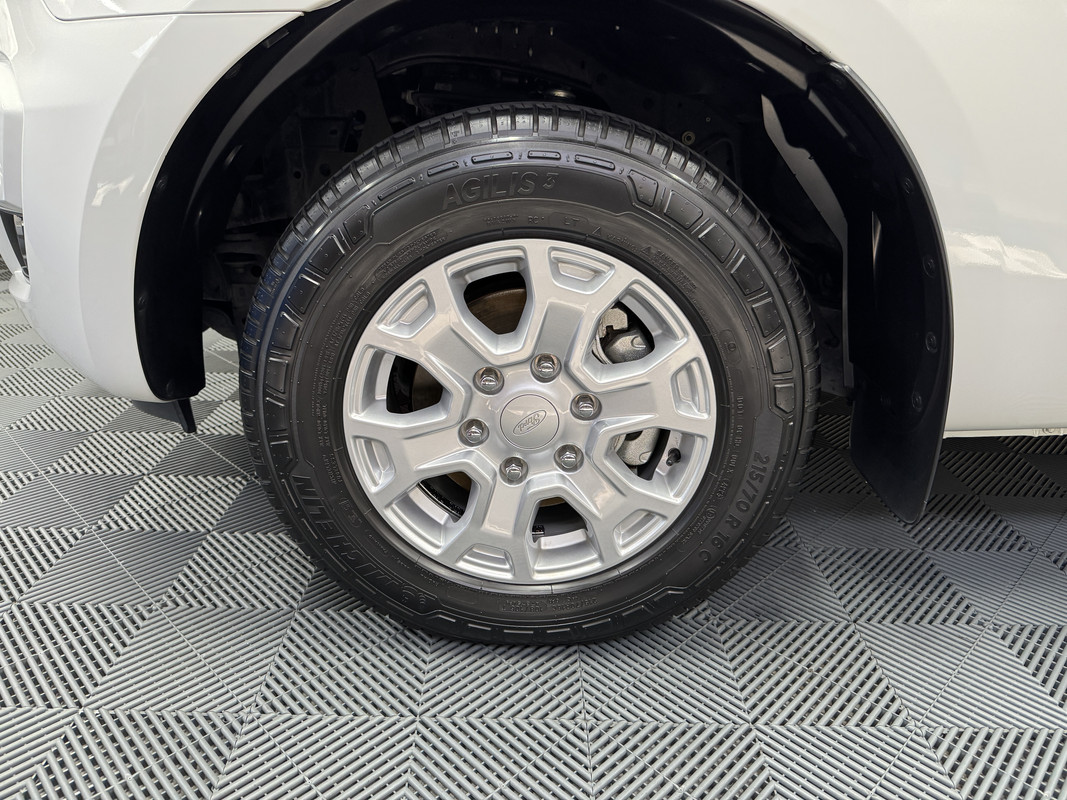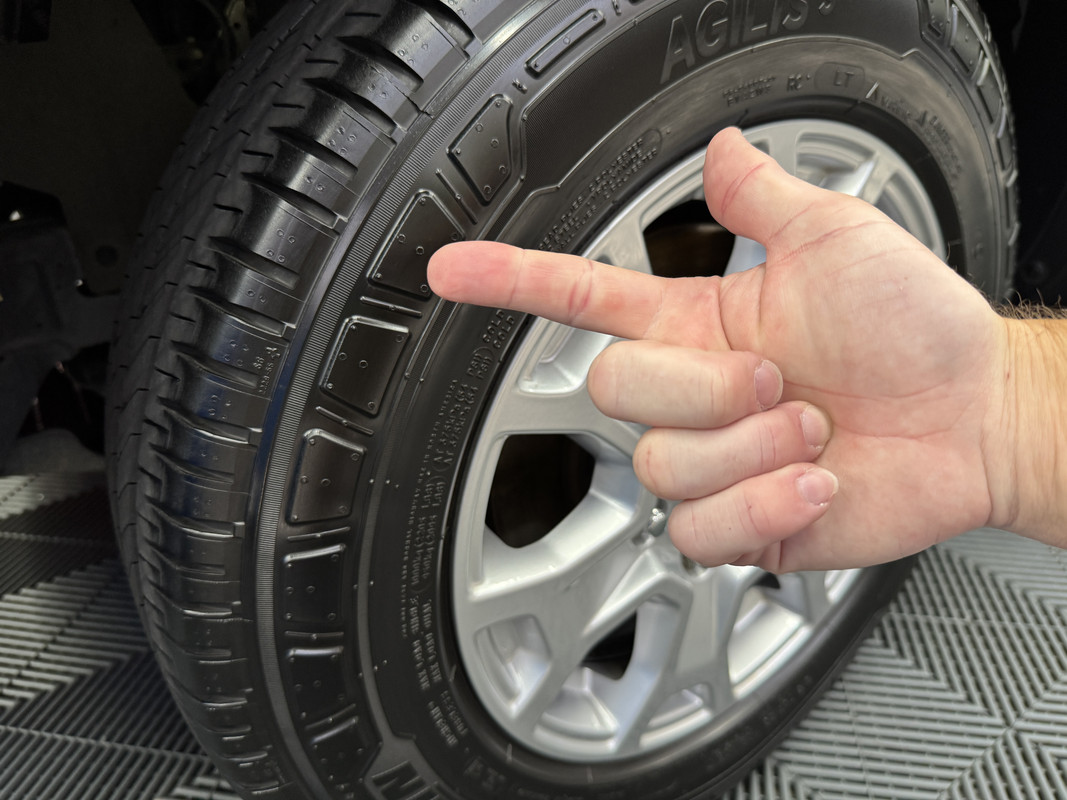I've been a bit quiet in this thread over the last week. In addition to catching up on a few garden jobs, I've been fighting off a summer cold, not helped by humidity that also drains my energy. Losing a close friend and colleague to cancer, and one last step in terminating my employment has also drained my motivation. But, as of 3pm today, I'm a free man.
I had planned to wash the Ranger today, but it was pointless to do so due to the rolling showers and the need to go out this afternoon.................I'll do it tomorrow.

Instead, I made the 52nd attempt at getting this cranky b.tch running properly again.................
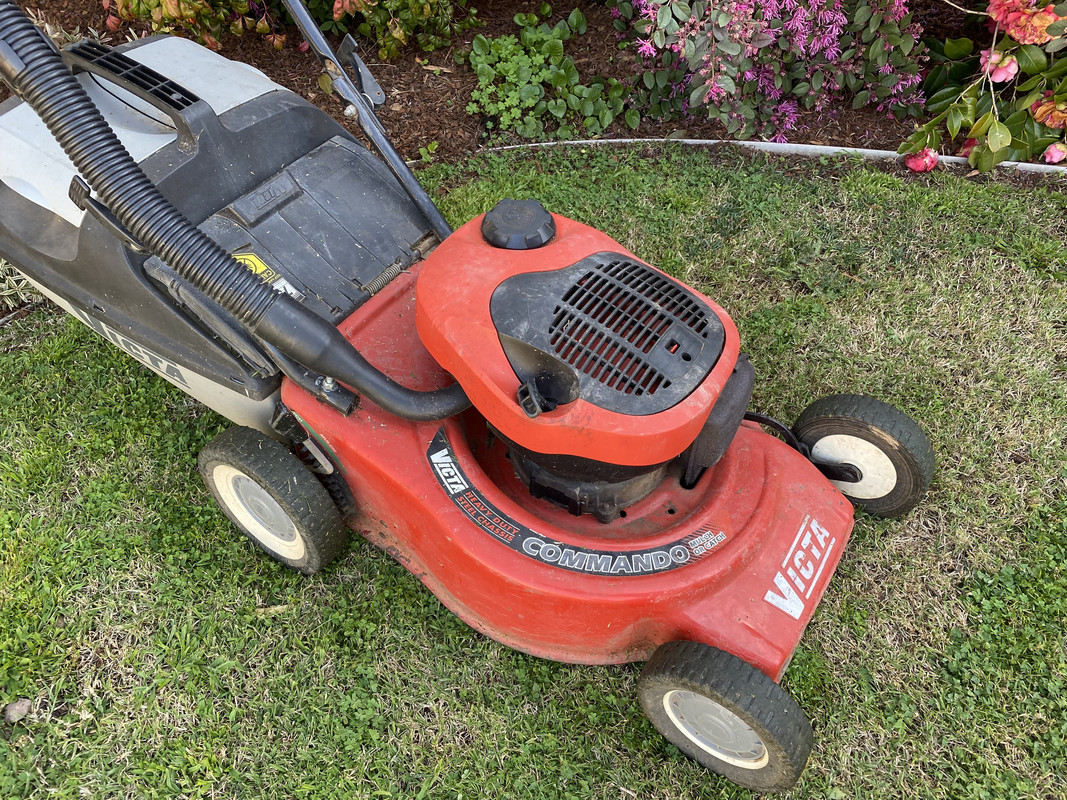
I've been trying to get this thing sorted for far too long. Every few months, I'd pull it out of the shed, make an attempt to fix it, fail, then crack the sh.ts and put it back in the shed. Rinse and repeat.
First, it was revving its guts out, which sounded amazing, but it would have eventually thrown rod doing that for too long. I traced that to a cracked intake tube and replaced it with a secondhand unit. That tube also came with a carburetor that I want to rebuild at some point, mainly to have a spare unit on hand but to also get experience with the inner workings, although after today I'm more confident about that now.
That fixed it briefly, and was running fine until it started to die on full throttle, like it was starving for fuel. I replaced the fuel tap as it seemed to be flowing very weak from the gravity fed fuel tank.
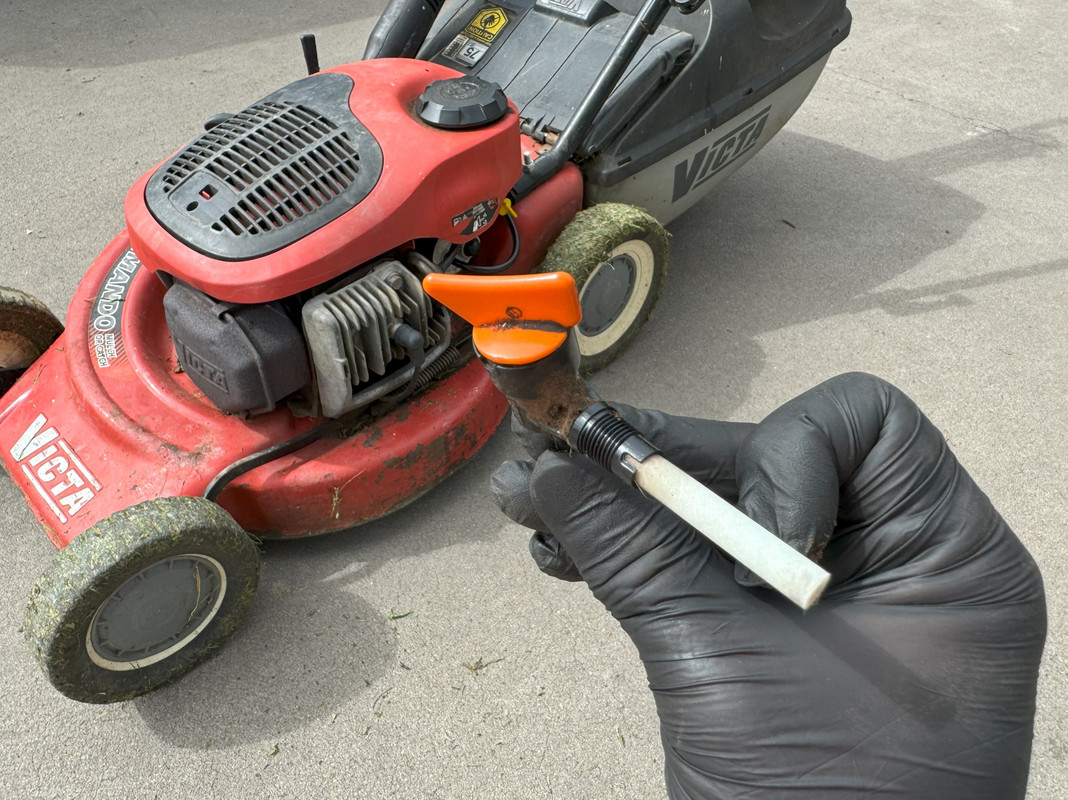
Success! Until the engine warmed up and it started to do the same dam thing. Cue another trip back to the shed.
I recently ordered a bunch of Victa G4 carburetor parts, mainly to have in stock but to also hopefully cure this thing. I'm sort of using this machine as my learning subject for when, not if, my other Victa 2-strokes start to give trouble.
The first thing I did on this attempt was to replace the
pumping diaphragm (figure 12 below). This would be the deepest I've dug into one of these carbs, replacement of the diaphragm requires removal of the outer cap (15), diaphragm spring (14), diaphragm washer (13), the lifter spring (11) and lifter (10), the poppet valve (2) falls out by design. While I had the carb off the manifold, which is a simple bayonet fitting, I also replaced the
o-ring on the manifold as a precaution, which did have some minor age marks on it.

I fired it up and let it reach operating temp, I was then thinking I had it fixed only for it to die out again a few seconds later.

Again, like it was starving for fuel.
So, off with the cowling/fuel tank
again. At this point, I decided to pull off the primer cap, which also houses the main jet, needle, seat and float. These caps are notorious for causing leaks and flooding as they age. With the cap removed, I noted how there was no fuel in the chamber.

Inspecting these parts, to me it appeared as if the needle was not moving freely, in effect causing the float to remain in the closed position, or sporadically closed. The needle also looked to be worn. So, into the parts department for a replacement cap and needle. Installed back on the carb, it promptly began to leak out the primer button. Off it came.

This is something I have noticed a lot with aftermarket parts like this, there is quite a lot of variability in the quality, meaning this brand-new part was leaking right out of the box. These particular caps looked suss to me when they were delivered, the plastic surrounding the actual primer button looking very poorly made. I don't recommend buying from
Varietech for this and other reasons.
I then tried
another primer cap, which was from Push Mower Repair, which looks like a much higher quality part. The new cap was installed with a new
yellow needle and
new o-ring. (You can buy these parts in kit form, but you then end up with a bunch of parts you don't use, and with so many machines to maintain, I find its just easier to buy each part separately)
Old parts.....................
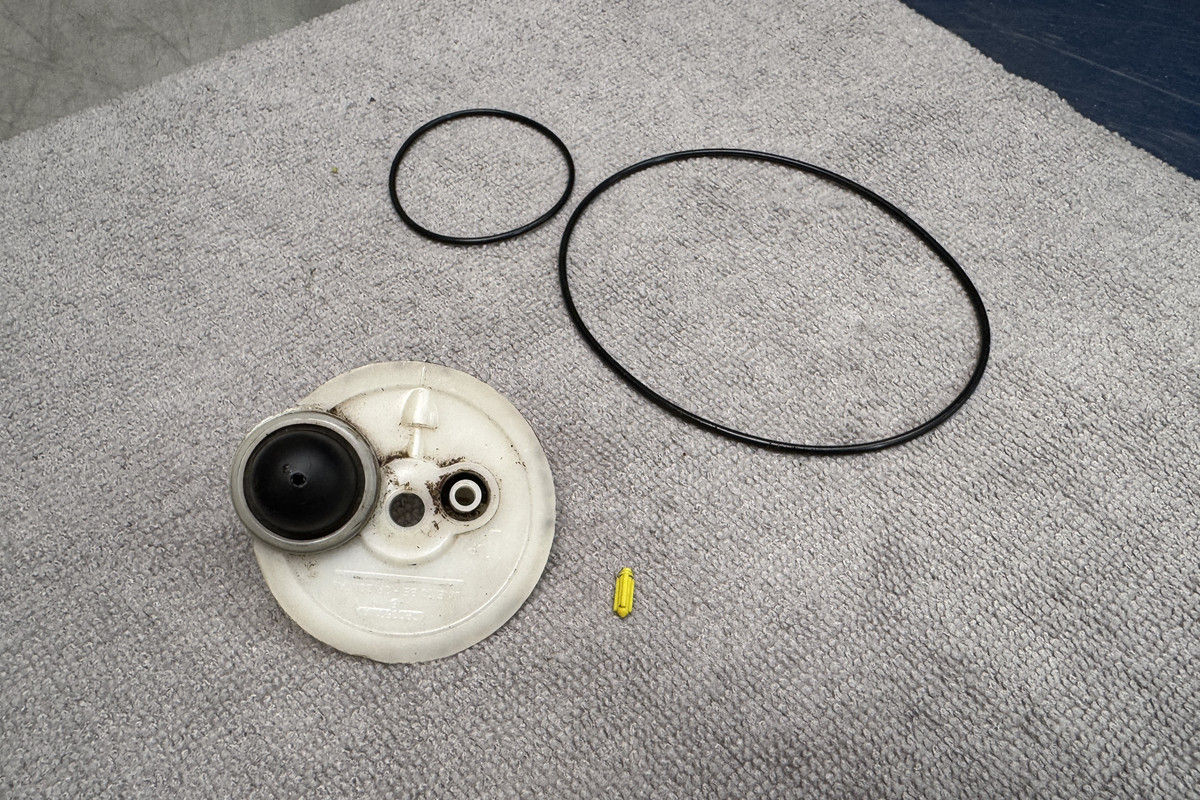
With the new needle and cap and installed with no leaks, I was fairly confident that this would solve the issue. However, I really didn't want to remove the cowl/tank again, so I just bit the bullet and decided to replace the starter o-ring while it was there. Again, this is the deepest I've been in one of these engines before. The o-ring is accessed by removing the three bolts holding the starter assembly to the crankcase.
This o-ring is imperative as, like all 2-stokes, it ensures the engine is sealed from ingesting dust and provides sufficient vacuum/pressure to the carburetor. One simple leak in any one component will cause poor running and internal damage over time.
Considering how firm the seal was on this unit, I determined that this wasn't the cause of the running issue, the old o-ring looked completely fine with no visible damage. Still, I replaced it with a
new one.

The Victa PowerTorque is what's called a half-crank engine, which is normally something you would find on really cheap line trimmers as its cheaper to make. On the big Victa, it's actually a very clever way of creating a single piece crankcase and cylinder block. On the previous full-crank engine, it had a separate cylinder, separate cylinder head and a two-piece crankcase, which would naturally take longer to assemble on the line. The power torque has a cast iron block and cylinder with an alloy head. To replace a piston or rod on this engine, you only need to remove two parts, the starter and cylinder head. It's also refreshing to see a giant lump of cast iron and, if fueled correctly, these things will go for ever. The only main drawback to this design is how the flywheel and ignition coil are located under the engine, which would require removal of the blade disk and removal of the engine from the mower to gain access should it lose spark.


I think when you look at this engine, you can see how Aussie ingenuity created a durable and long-lasting engine while keeping it at an affordable price point. Looking at modern Chinese and American made engines, to hit their price points they are pulling quality out of the unit via cheaper/thinner castings, plastic parts. Cheaper doesn't always have to mean poor quality if there was some thought put into the manufacturing process from the very beginning. Ford, General Motors and Chrysler/Dodge/Ram/FAC/Stellantis/Purple People Eater car company could all learn from this.
With it all back together, and some fresh fuel in the tank, I started it up and left it running for quite a while. As it stands, it would seem like I have fixed this machine. Full throttle revs sitting at the magical 3600 rpm, racing up beyond 4000 rpm and settling back down again when under load, which is what they were designed to do rather than running wild for no reason.

Returned to the shed, this time without frustration, this cranky b.tch is a little less cranky.
 ️
️











